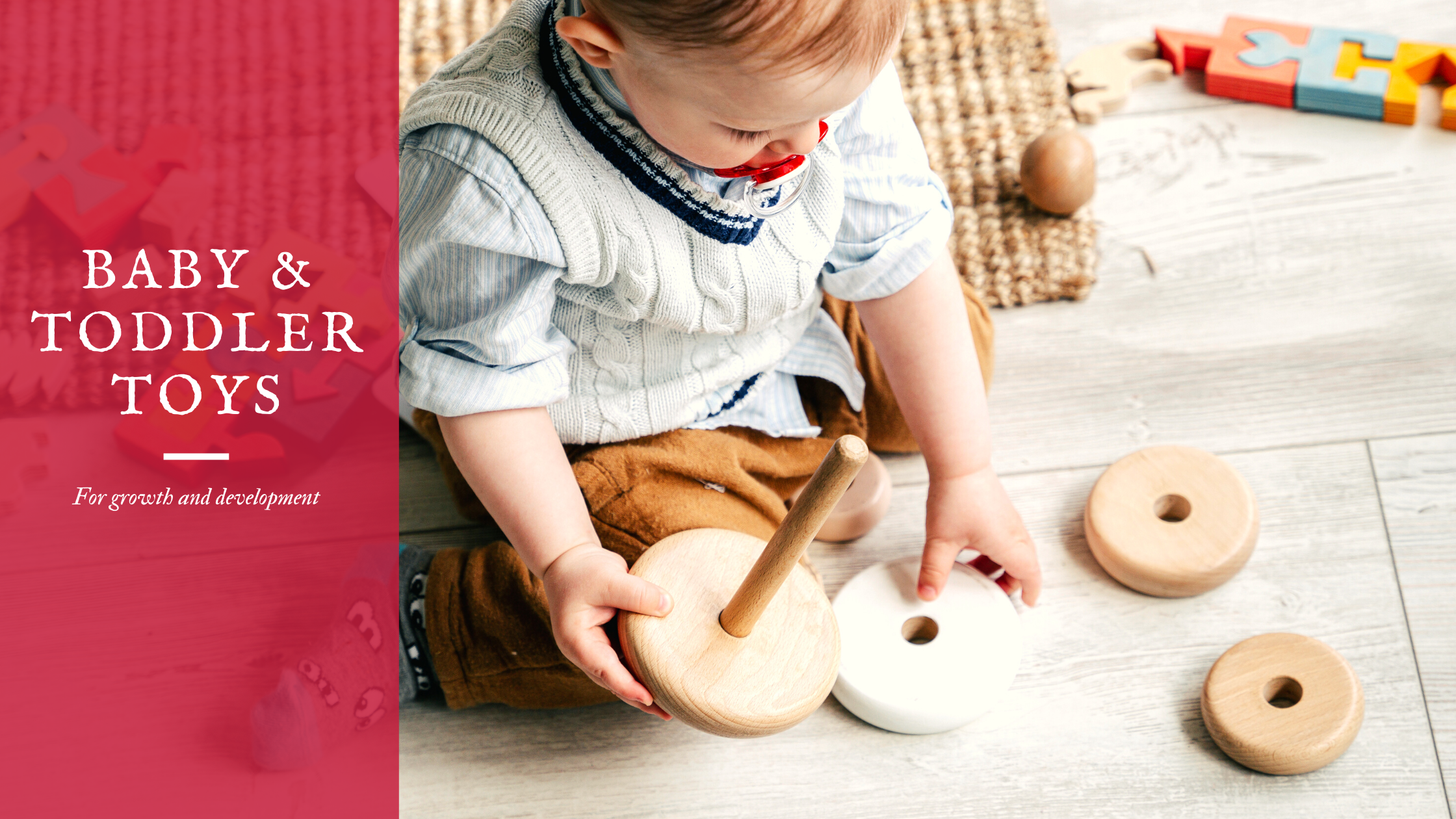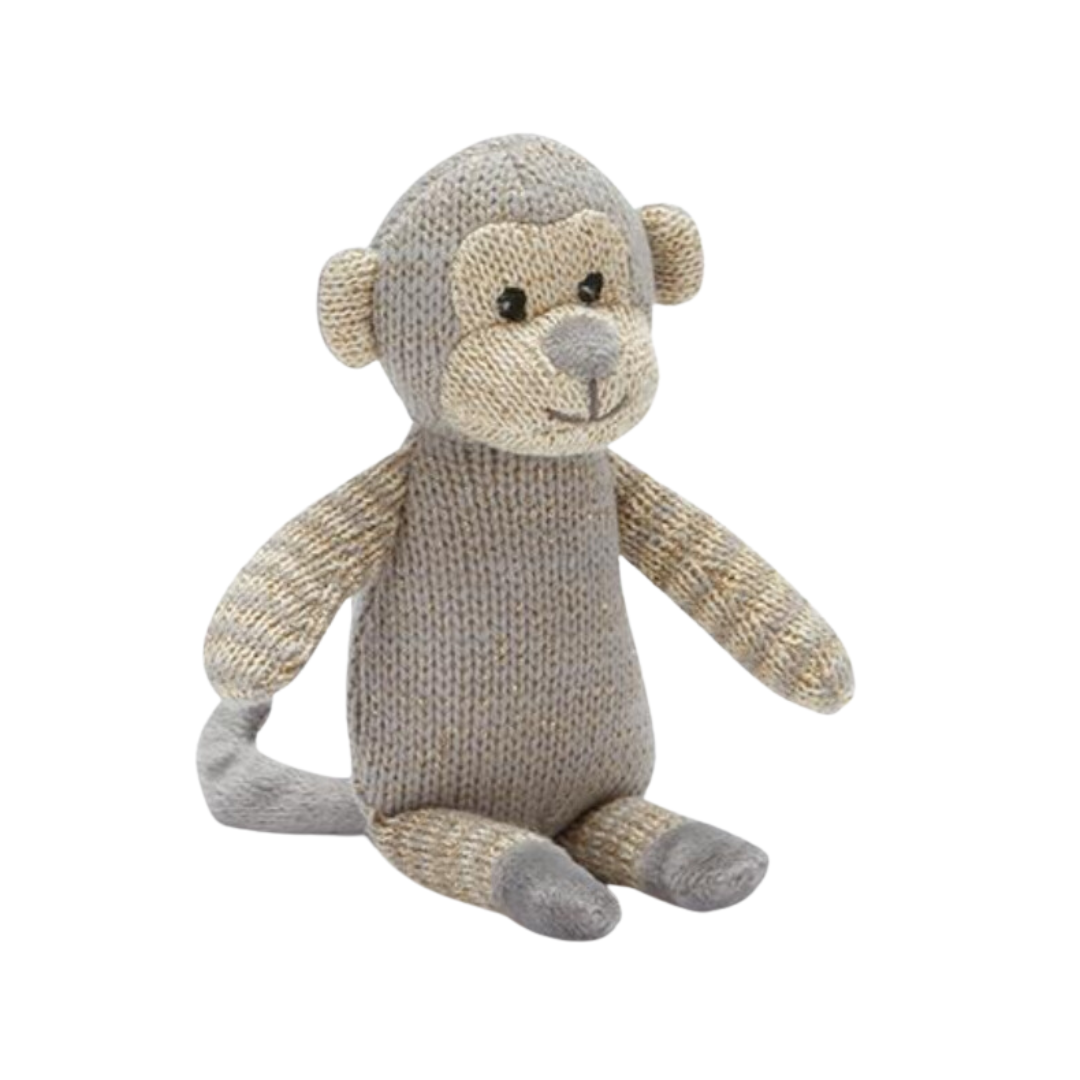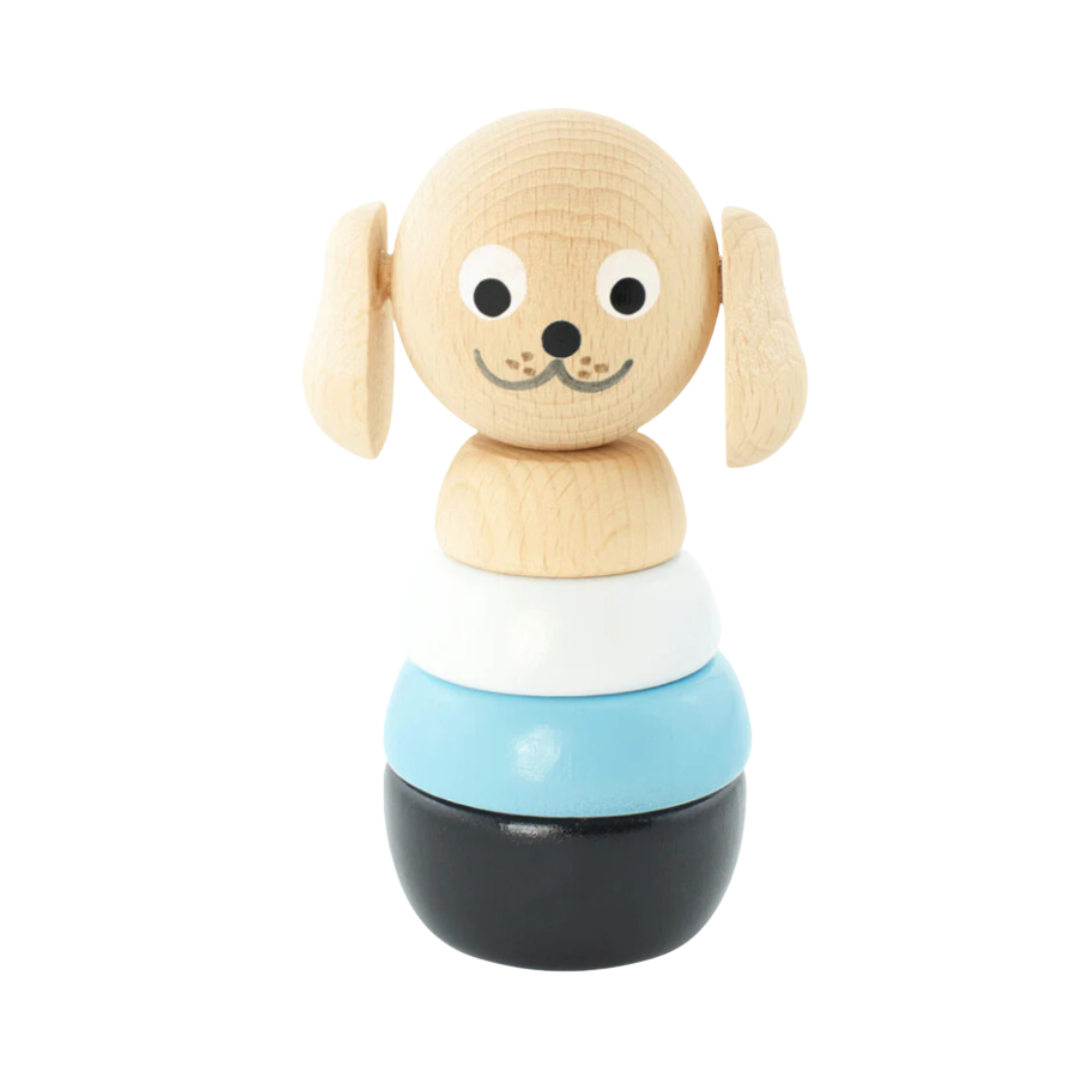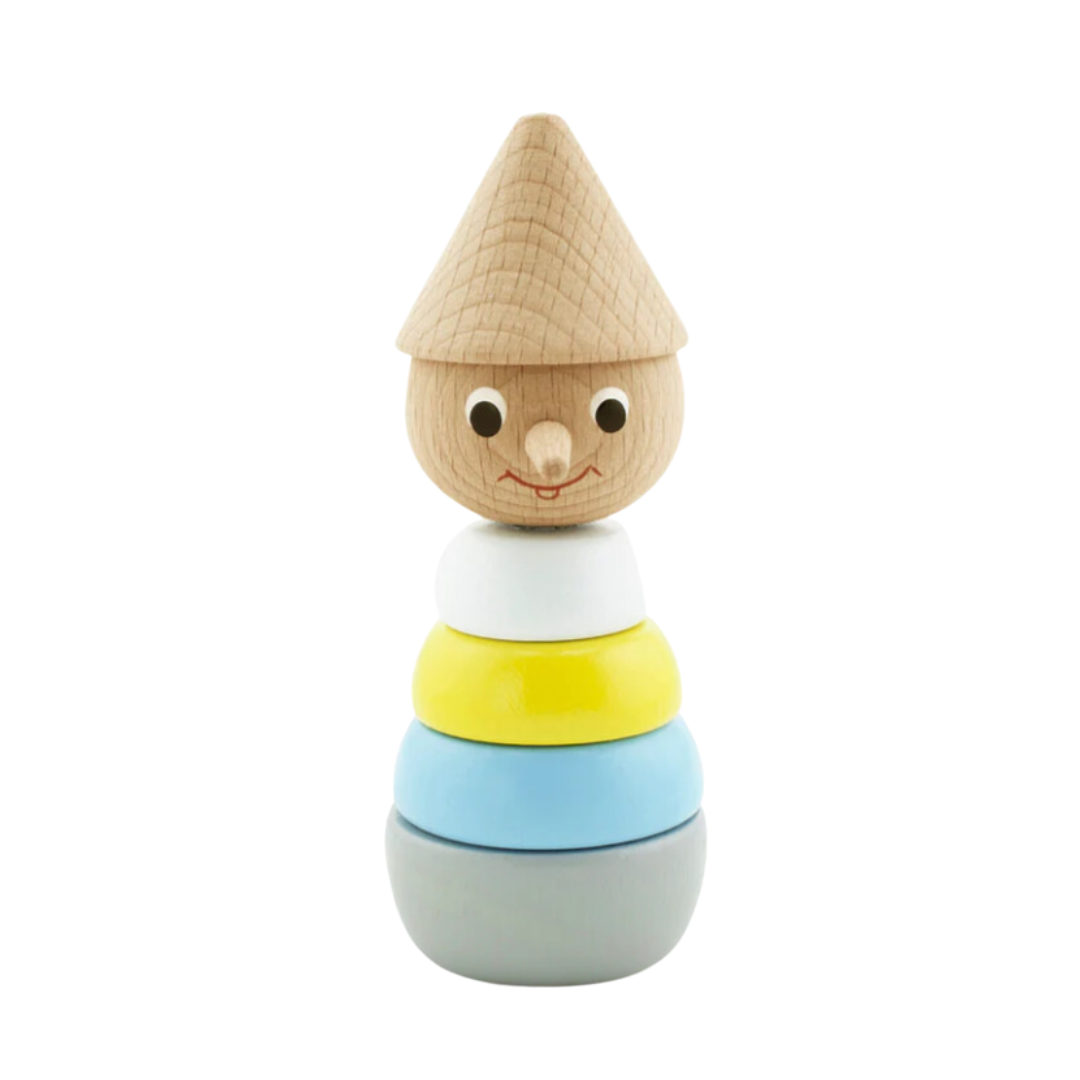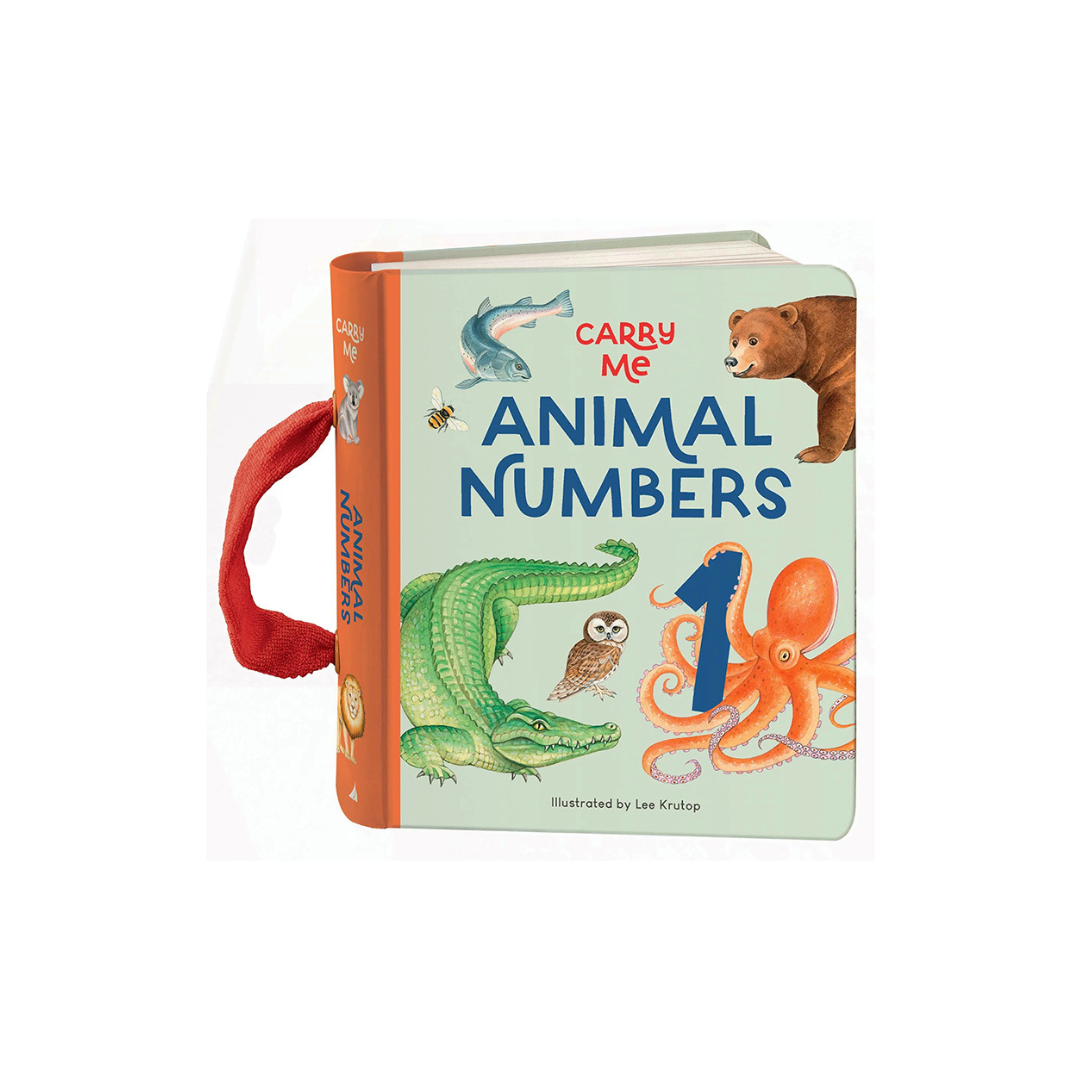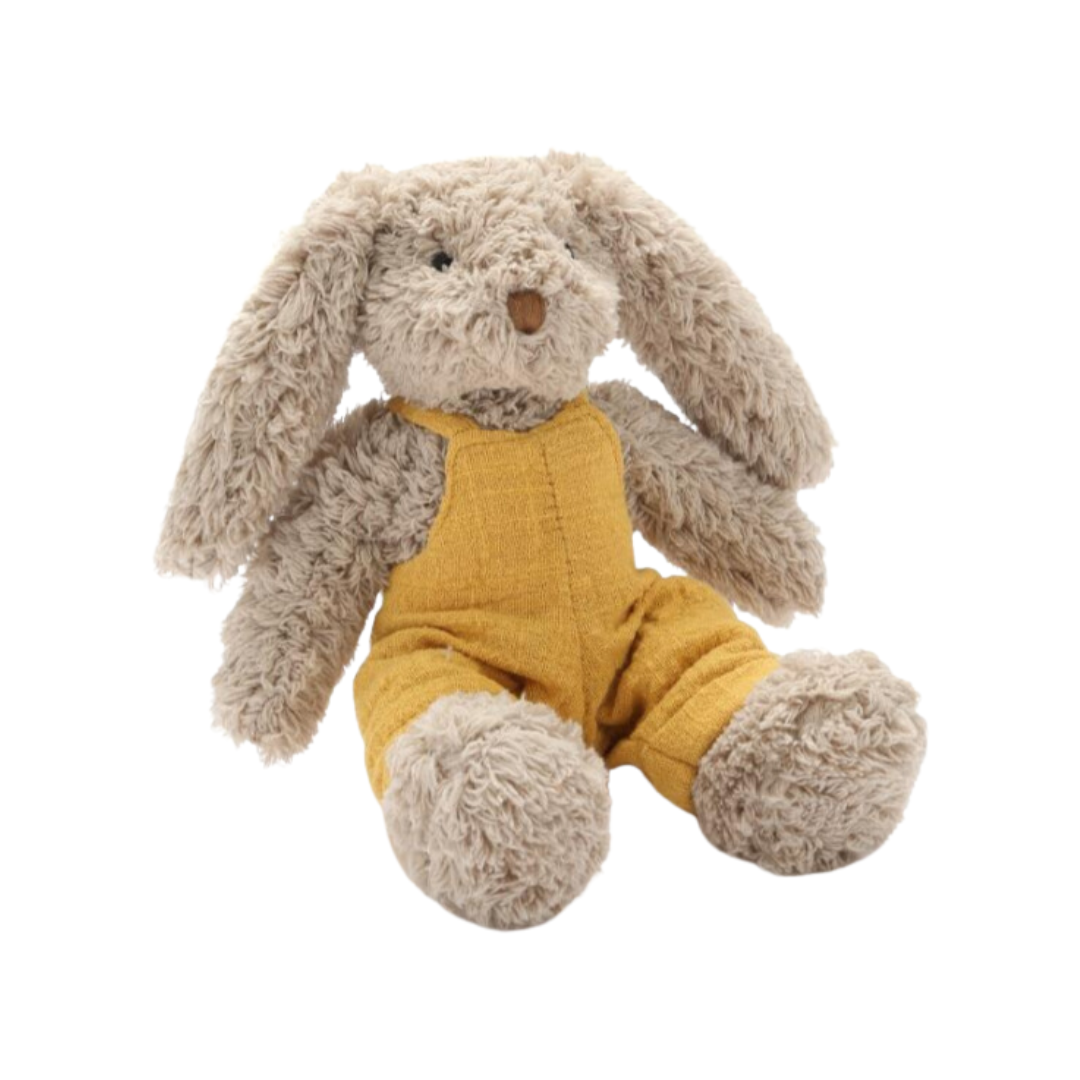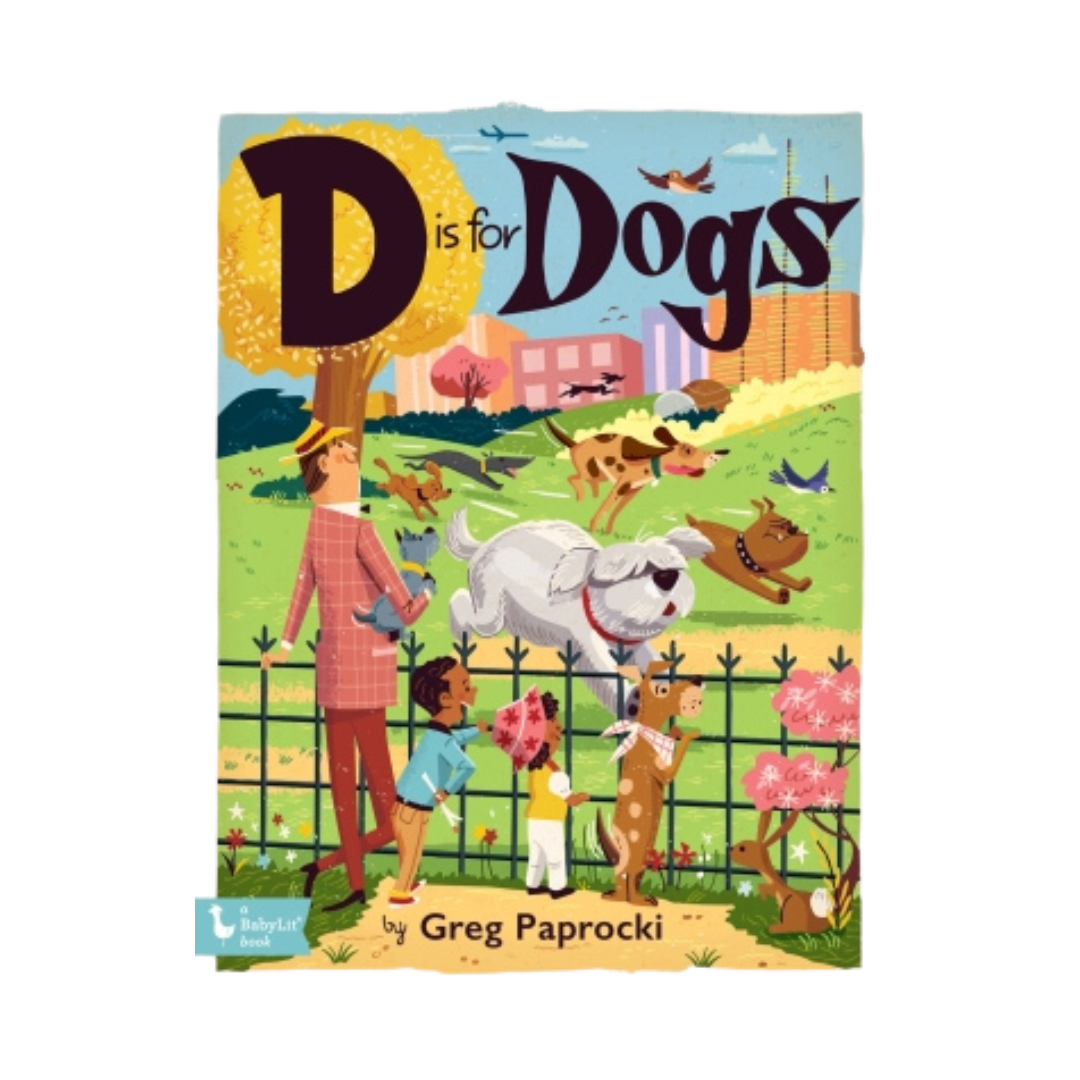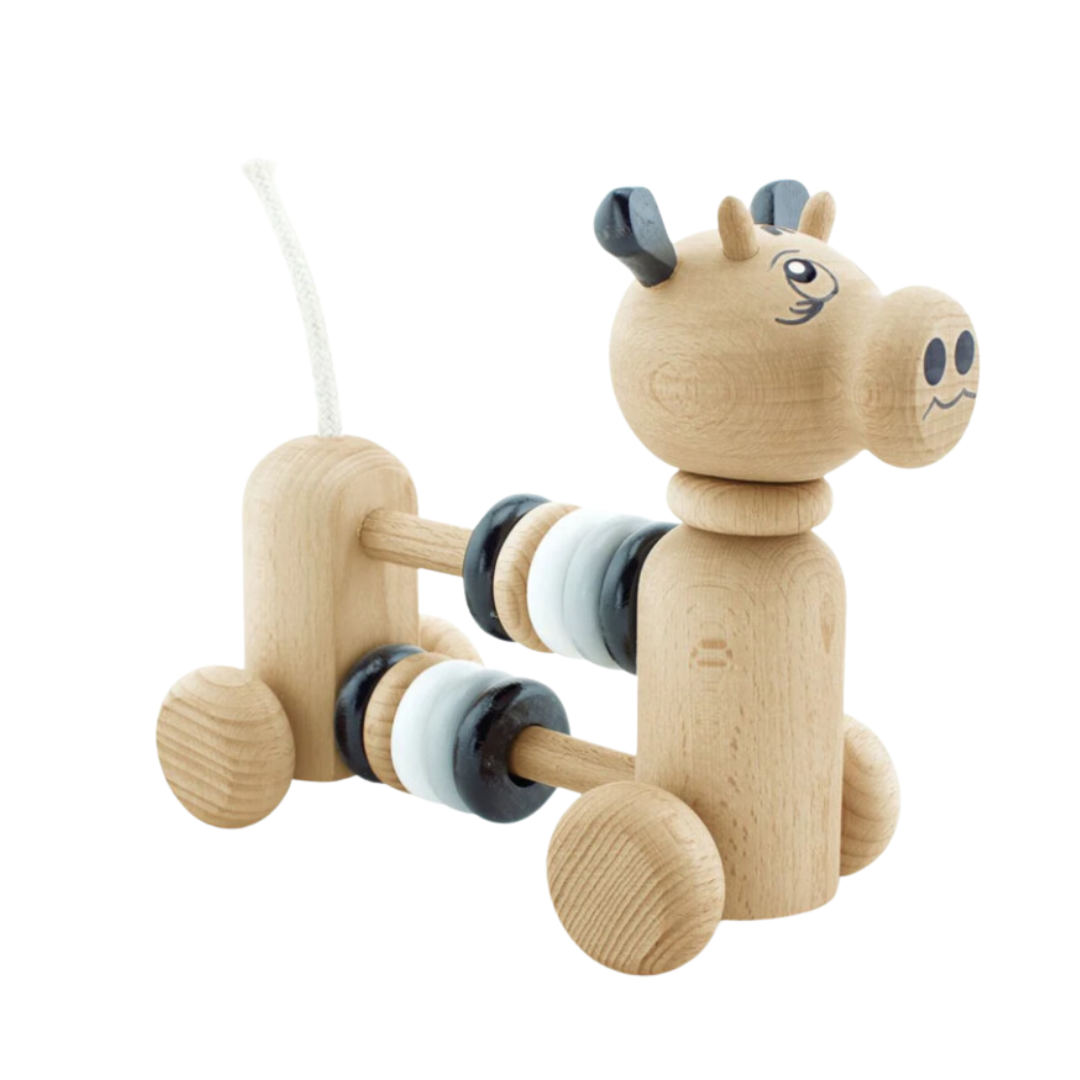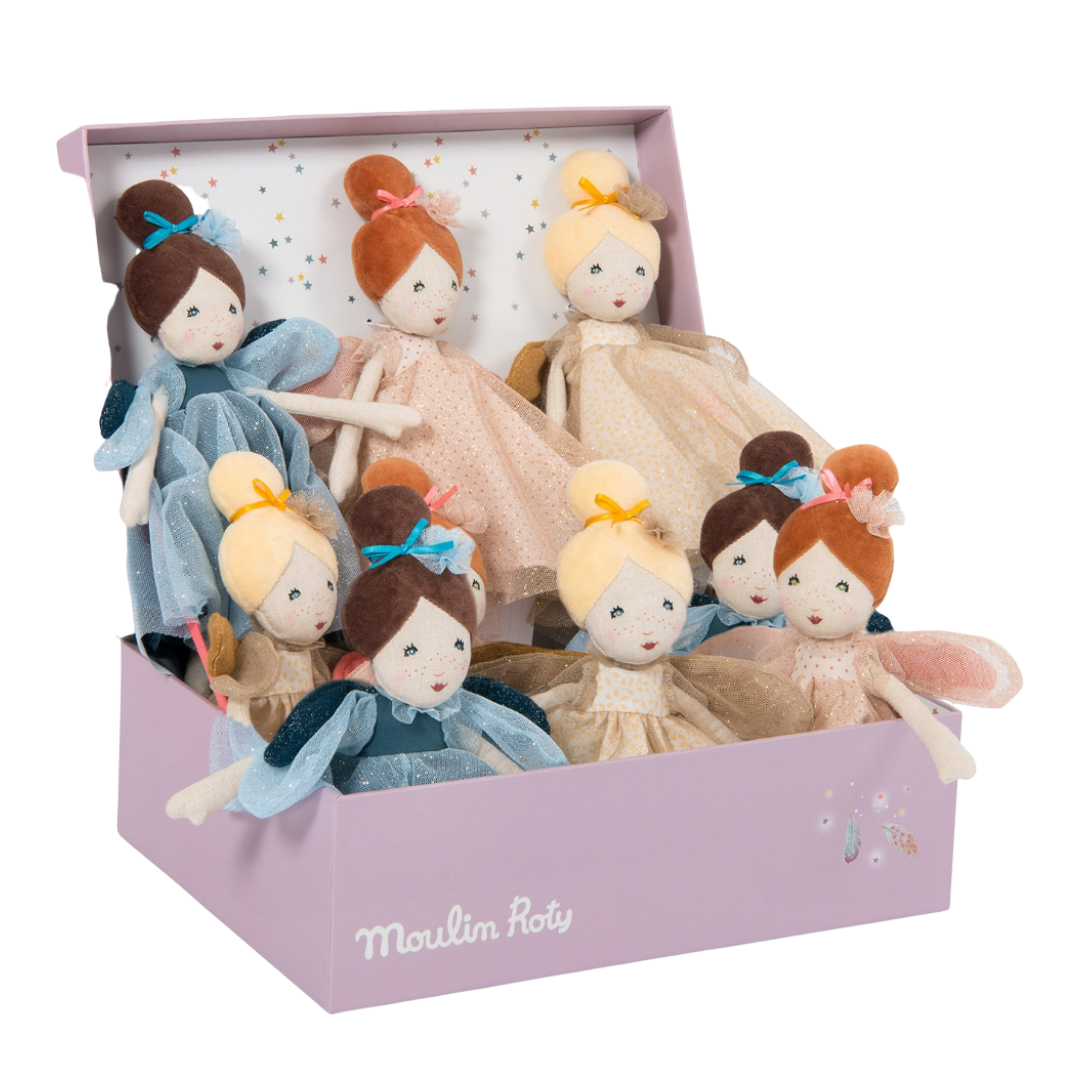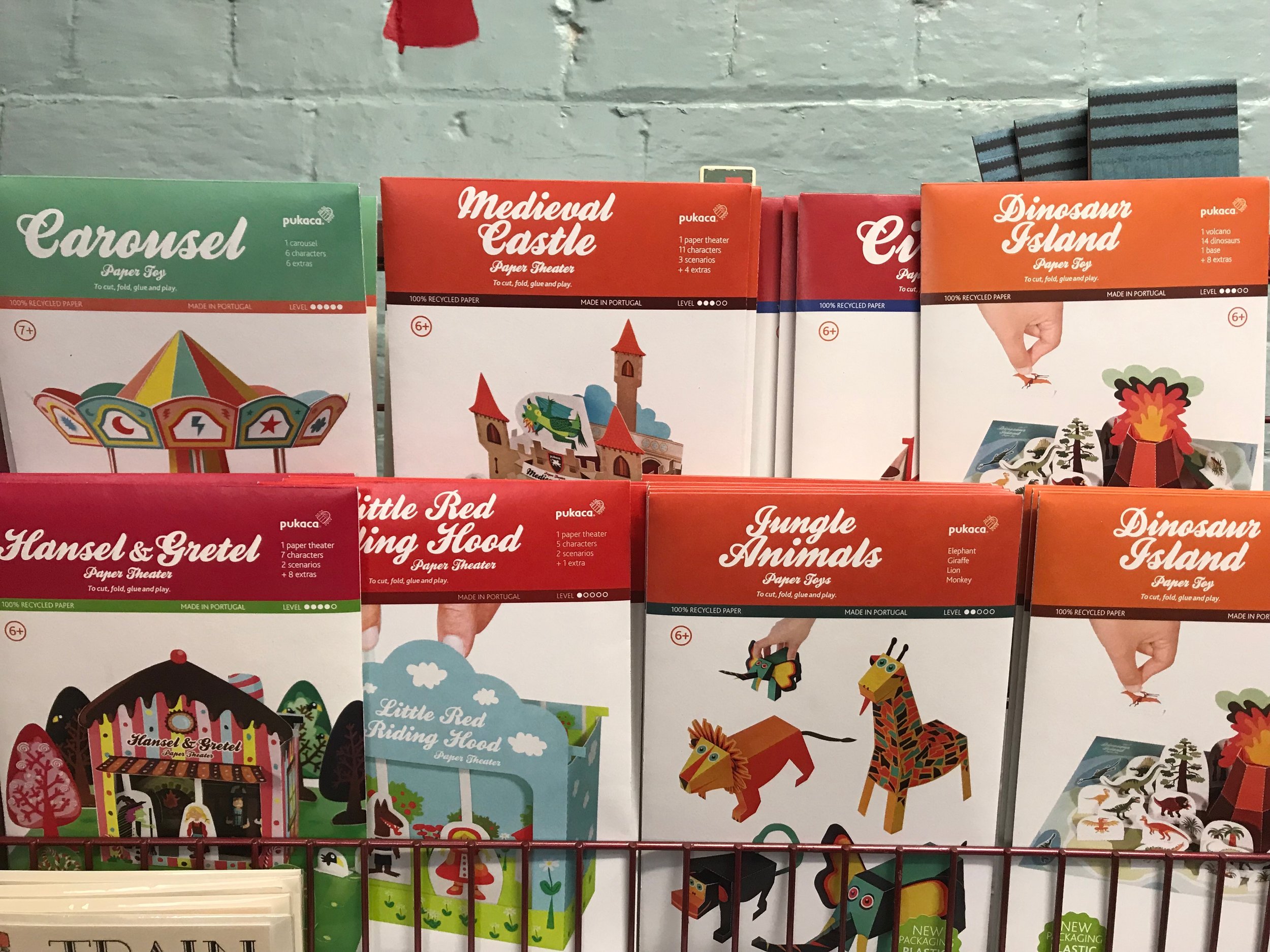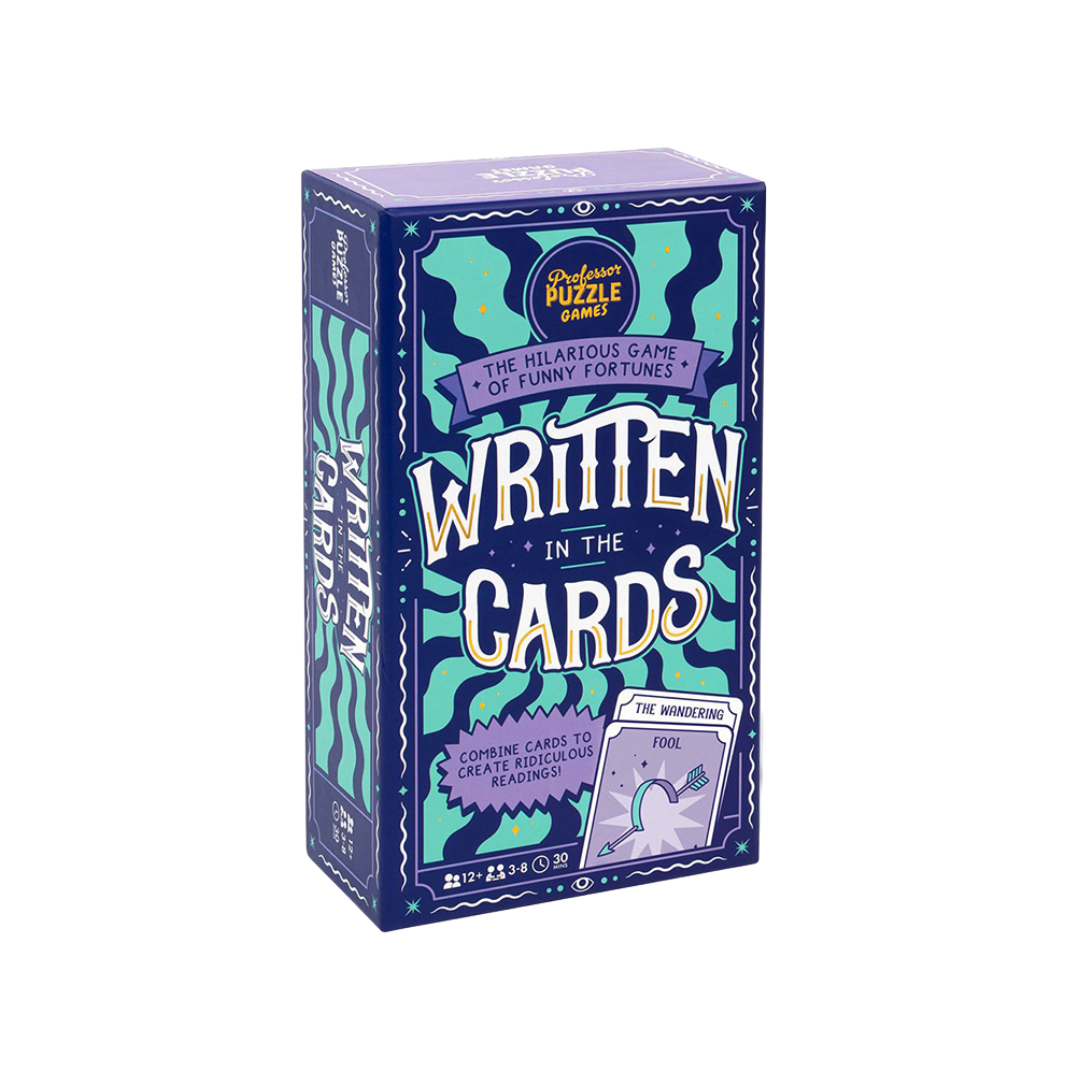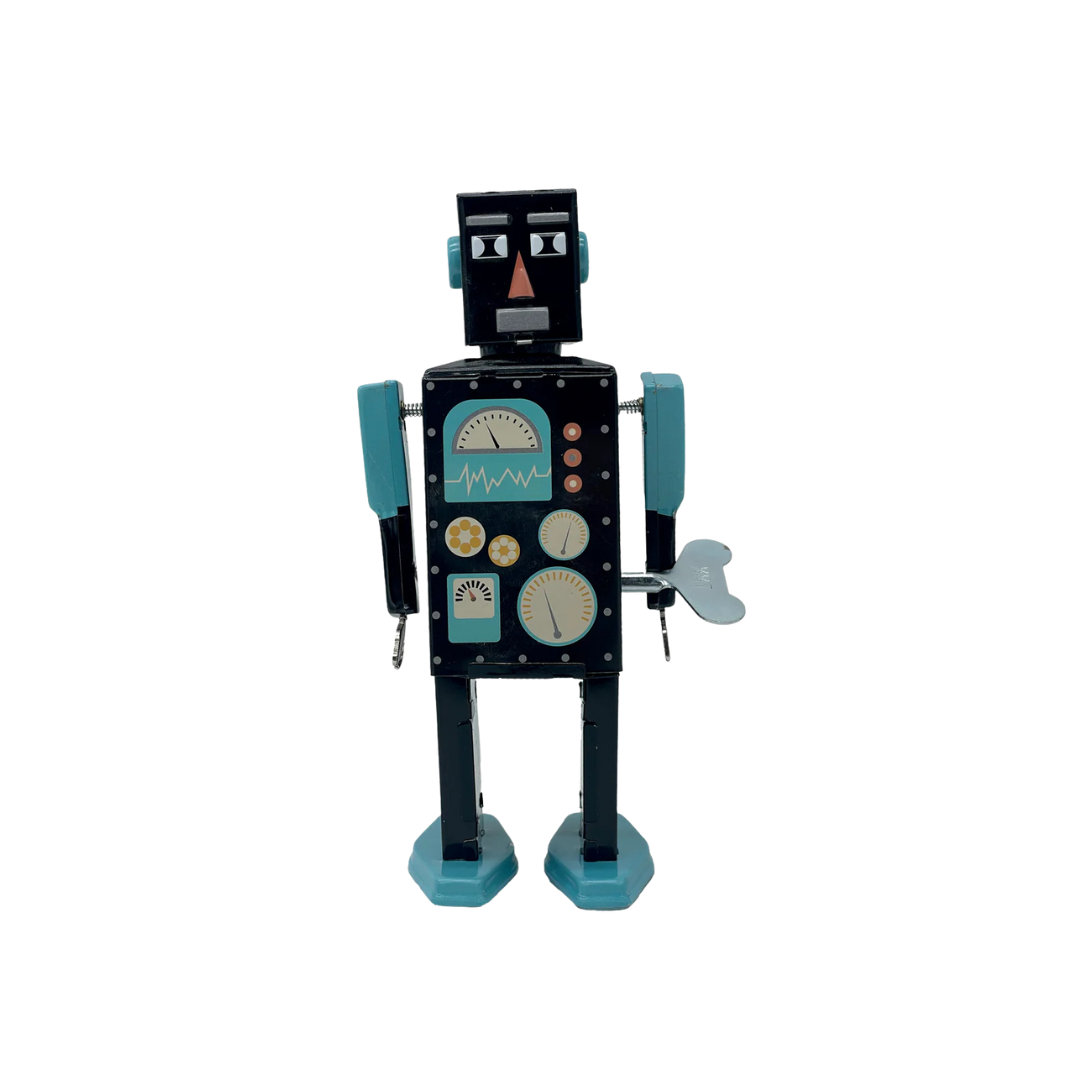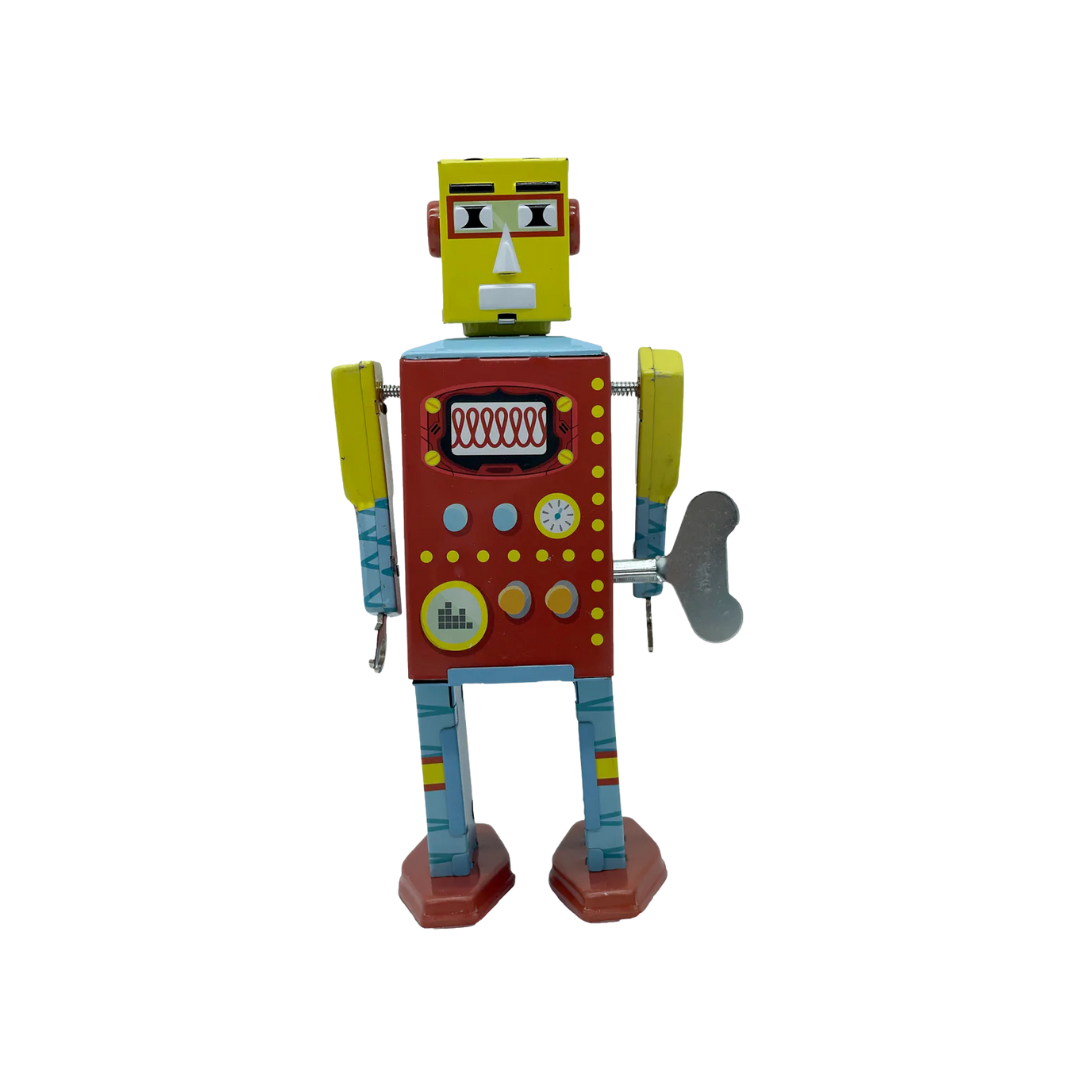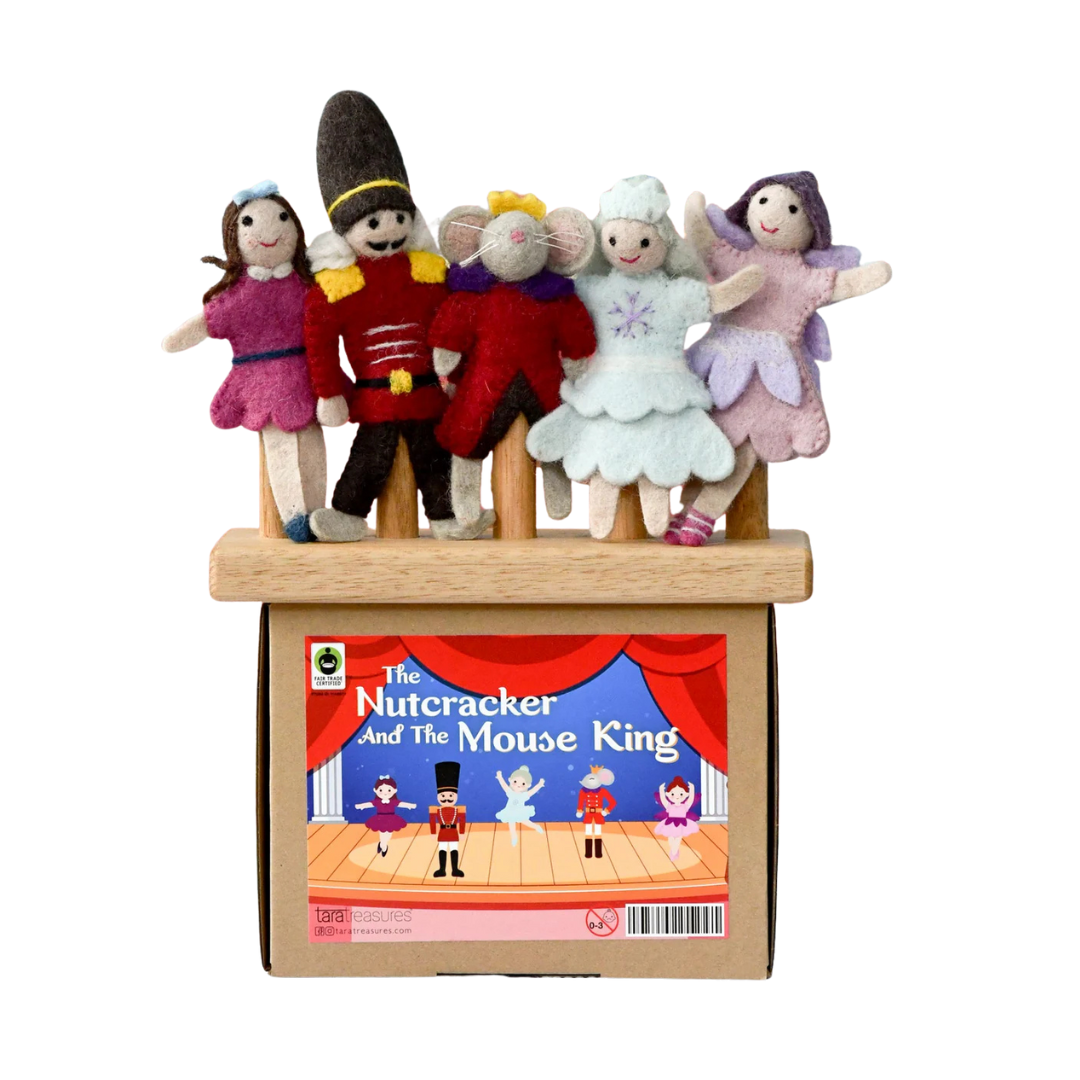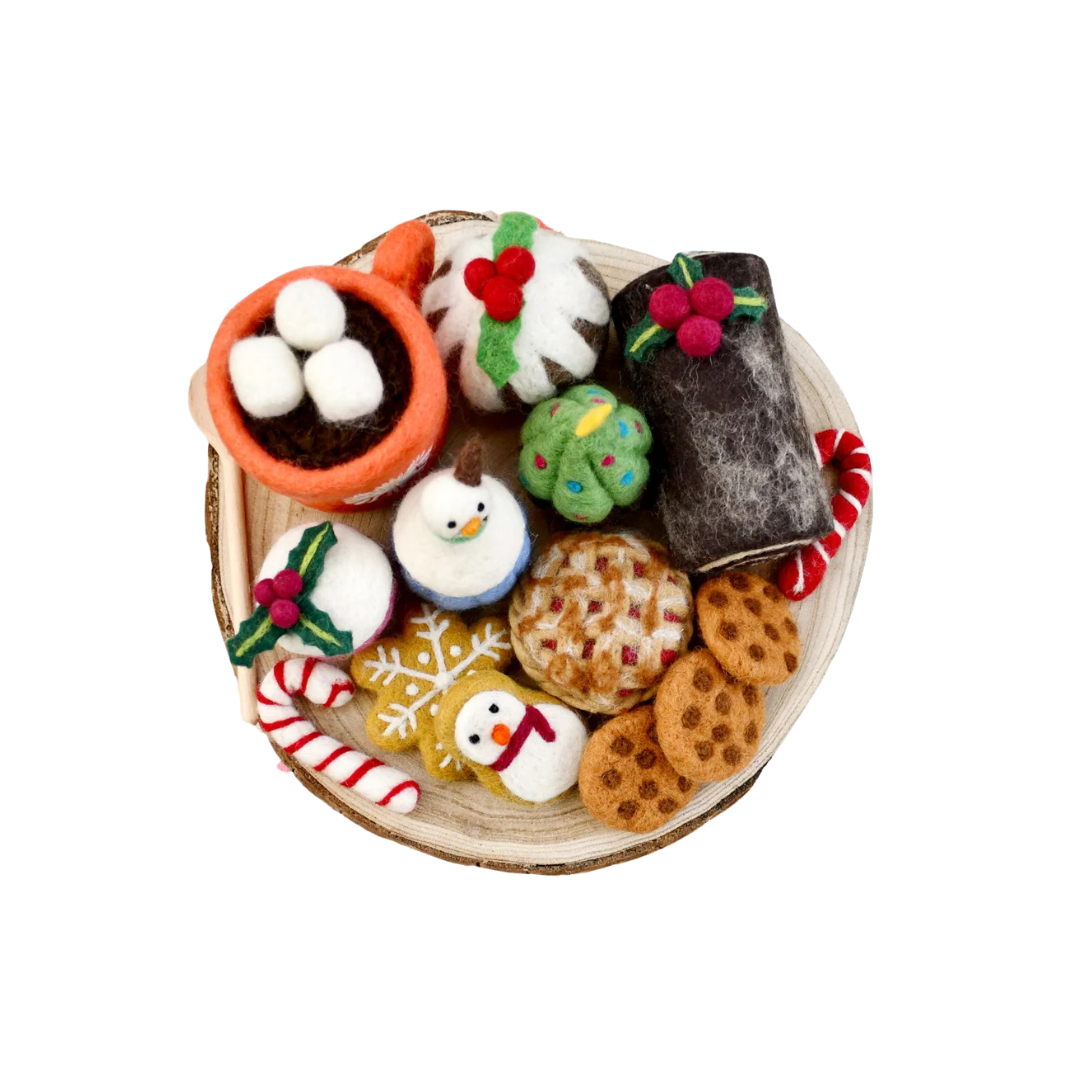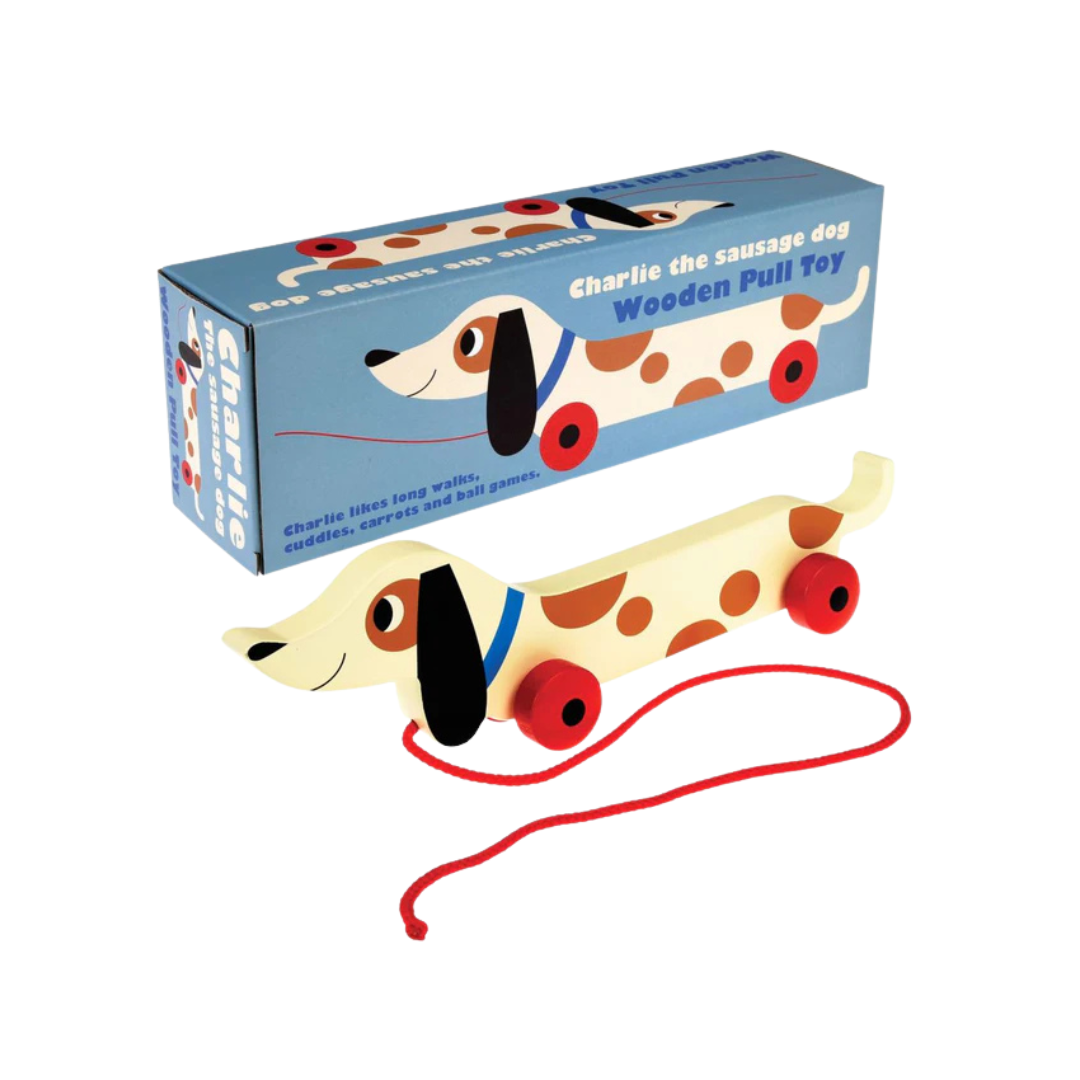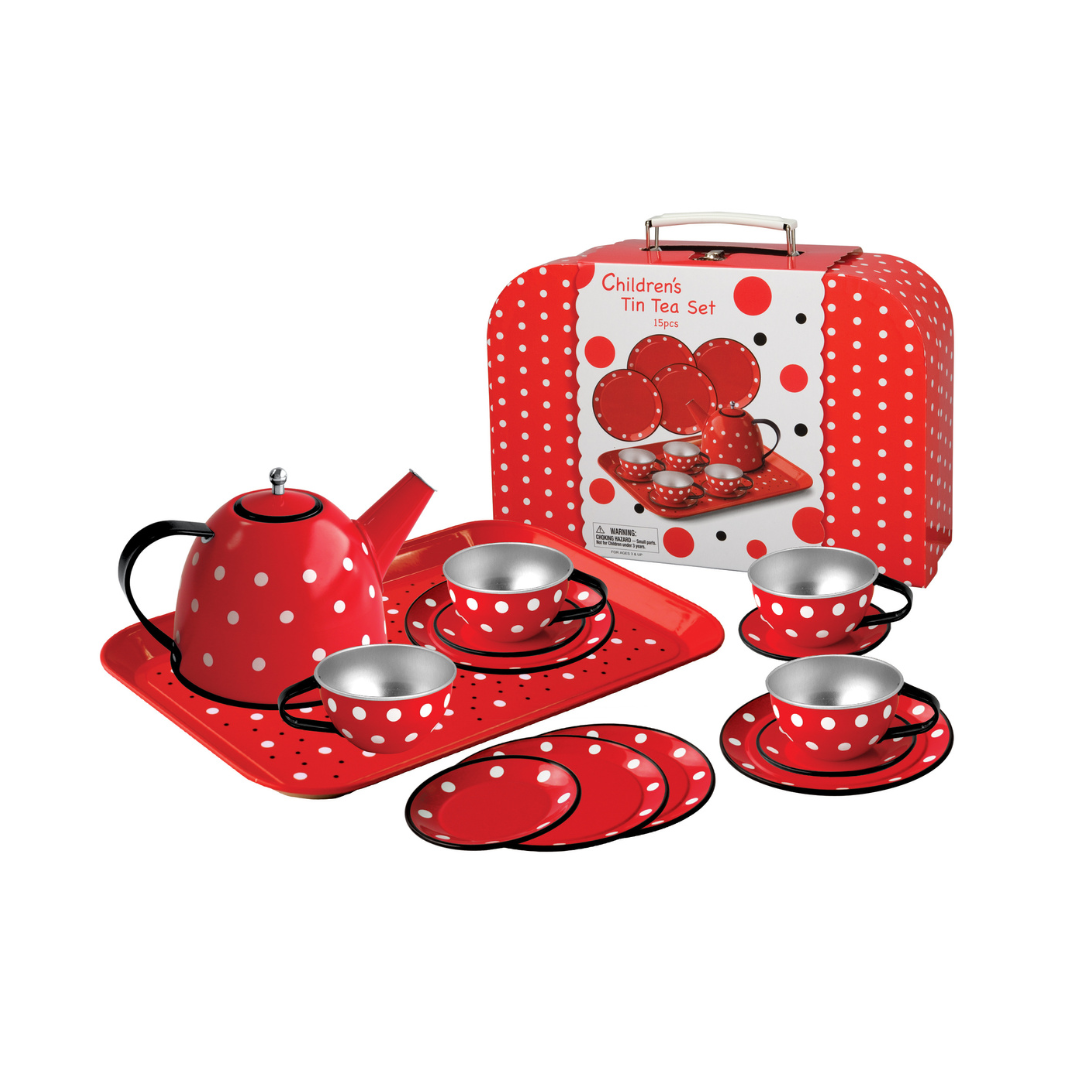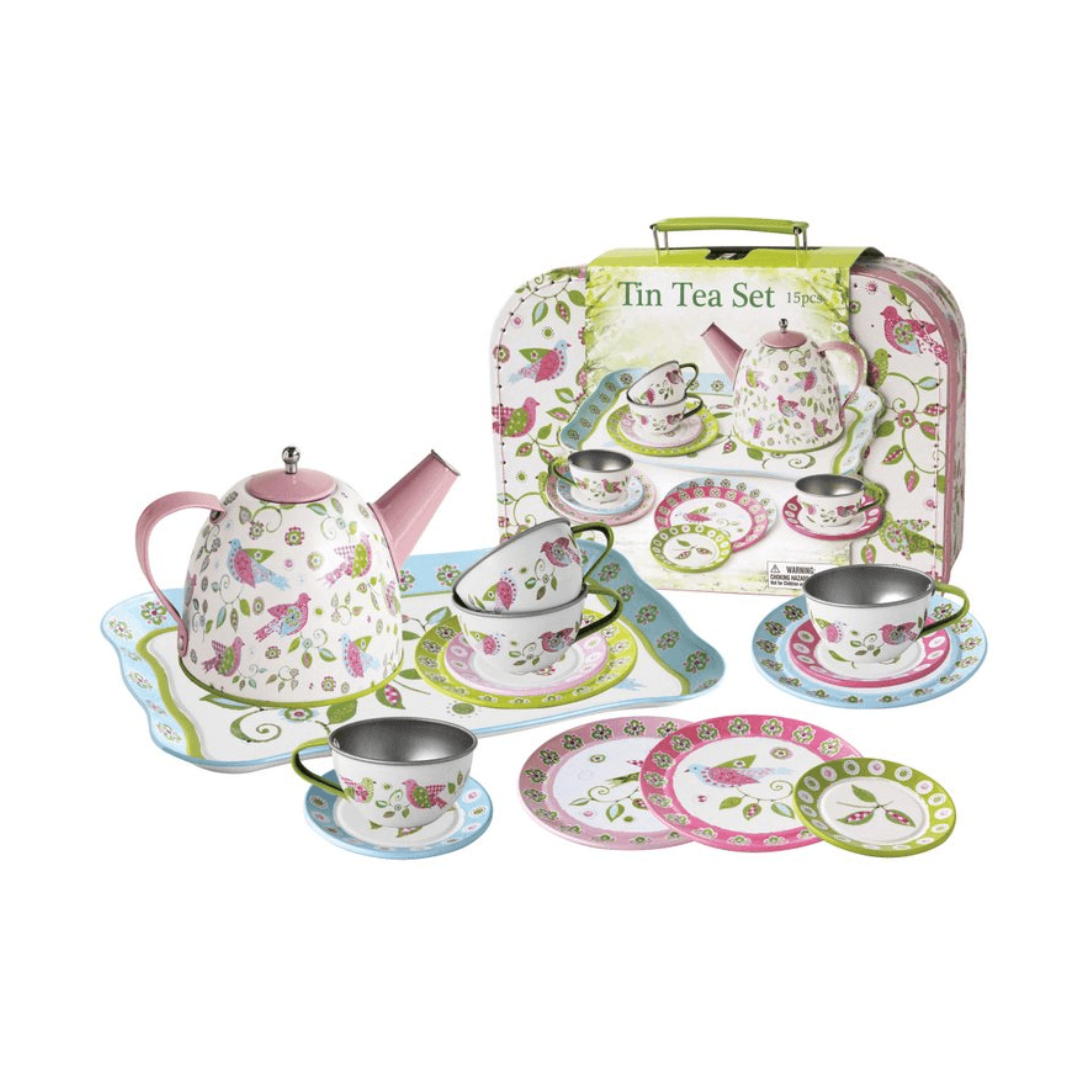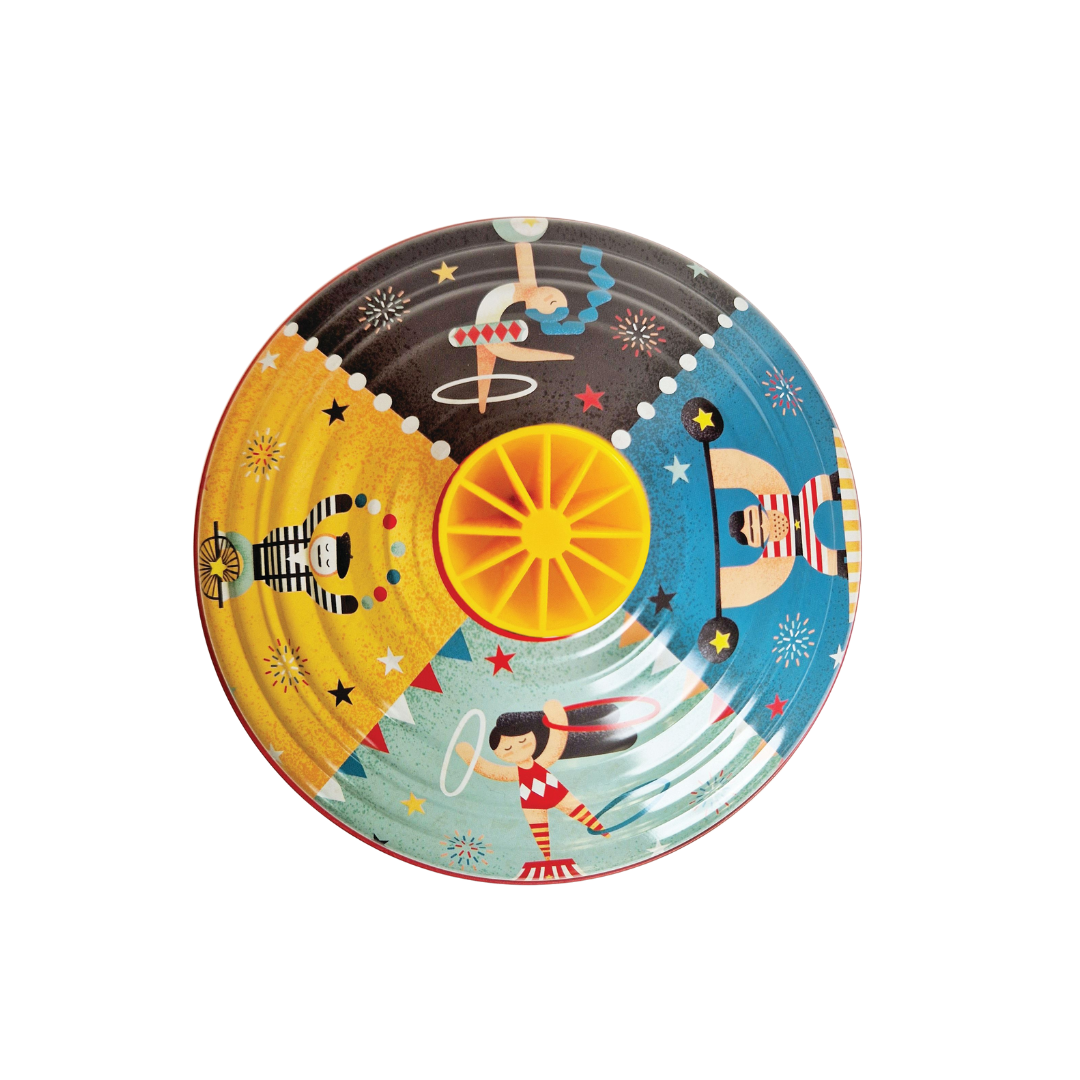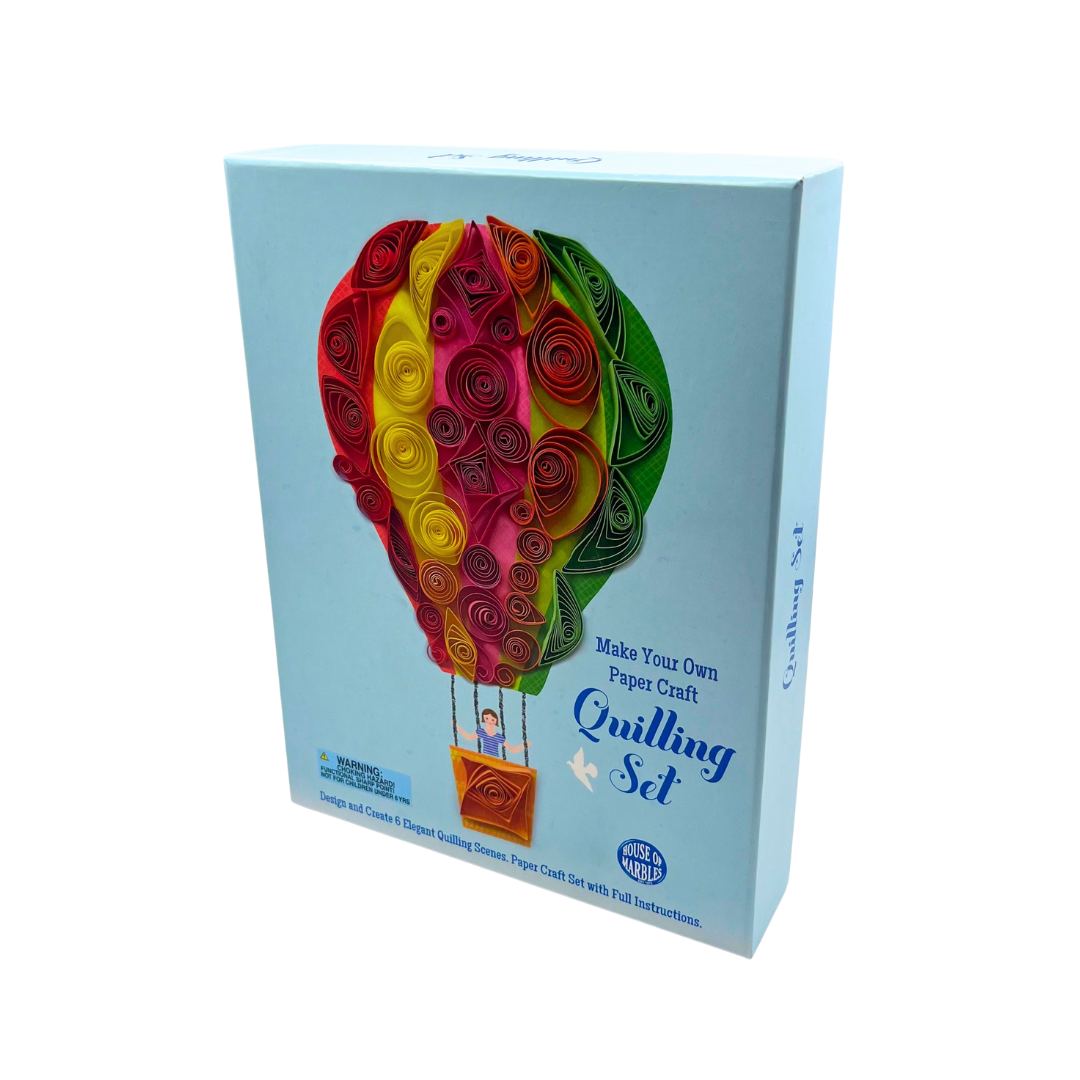The Magic of Classic Toys: Embracing Nostalgia and Preserving Playtime Traditions
The magic of classic toys lies not only in their timeless appeal but also in their ability to inspire creativity, nurture imagination, and connect families across generations. As we embrace the nostalgia and sentimental value of these beloved playthings, let us celebrate the enduring charm of classic toys and preserve the cherished playtime traditions that have brought joy to countless childhoods.
In a world driven by rapidly evolving technology and digital entertainment, there's something enchanting about classic toys that transcends generations. These timeless playthings hold a special place in our hearts, invoking cherished memories of childhood play and sparking feelings of nostalgia. In this blog post, we celebrate the magic of classic toys, exploring why they continue to captivate both children and adults, and how they play a vital role in preserving playtime traditions.
Classic toys are more than just playthings; they are cherished symbols of joy, innocence, and imagination. From wooden building blocks to nostalgic dolls and traditional board games, these toys have stood the test of time, captivating the hearts of children across generations. Their simplicity and tactile nature offer a break from the fast-paced digital world, fostering creativity and imaginative play.
Unlike the bells and whistles of modern gadgets, classic toys require the child's active participation, encouraging them to use their imagination to create new worlds and stories. A set of building blocks can transform into a bustling city, and a simple doll can become a brave adventurer on a daring quest. By engaging in open-ended play, children develop critical thinking skills, problem-solving abilities, and emotional intelligence.
Classic toys hold the power to bridge the generational gap, connecting children with their parents, grandparents, and even great-grandparents. As adults share their own childhood memories and playtime experiences, a profound sense of family tradition and nostalgia is cultivated. Classic toys become treasured heirlooms passed down through the years, fostering meaningful connections and creating enduring family memories.
Beyond their enchanting allure, classic toys offer numerous educational benefits for children. Wooden puzzles enhance cognitive skills, while traditional board games teach valuable lessons in sportsmanship, teamwork, and strategic thinking. Moreover, these toys encourage physical play, contributing to a child's overall development and well-being.
In today's digitally saturated world, children are exposed to screens from an early age. Classic toys offer a much-needed digital detox, providing an opportunity for children to engage in screen-free play, reducing screen time, and promoting healthy development.
As technology evolves and society progresses, it's crucial to preserve playtime traditions and pass them on to future generations. Classic toys are a reminder of simpler times and the joy derived from simple pleasures. By introducing classic toys to today's children, we ensure that these cherished traditions endure and continue to inspire joy and wonder in the years to come.
The magic of classic toys lies not only in their timeless appeal but also in their ability to inspire creativity, nurture imagination, and connect families across generations. As we embrace the nostalgia and sentimental value of these beloved playthings, let us celebrate the enduring charm of classic toys and preserve the cherished playtime traditions that have brought joy to countless childhoods. Timeless and captivating, classic toys continue to kindle the magic of childhood, inspiring play and laughter in hearts of young and old. Let us honour these treasured artifacts of our past and pass on the joy of classic playtime to future generations.
Baby and Toddler Toys for Growth and Development
When choosing baby and toddler toys, it's essential to consider age-appropriateness, safety, and the developmental benefits they offer. Age-appropriate toys help babies in their early learning and development journey, and help toddlers to learn and grow, whilst keeping them entertained and engaged in meaningful play.
When choosing baby and toddler toys, it's essential to consider age-appropriateness, safety, and the developmental benefits they offer. Age-appropriate toys help babies in their early learning and development journey, and help toddlers to learn and grow, whilst keeping them entertained and engaged in meaningful play.
Baby toys play a crucial role in a child's early development, as they aid in stimulating their senses, motor skills, and cognitive abilities. These toys are designed to be safe, colourful, and engaging for babies, typically ranging from newborns up to toddlers.
Some common types of baby toys include:
Rattles: Simple and lightweight toys that make gentle sounds when shaken, helping babies develop their hand-eye coordination.
Soft Toys: Stuffed animals or plush toys provide comfort and companionship to babies while stimulating their sense of touch.
Stacking Rings and Blocks: Toys that can be stacked or nested, helping babies develop their fine motor skills and spatial awareness.
Shape Sorters: Toys that require babies to match shapes to corresponding holes, promoting problem-solving and hand-eye coordination.
Toddler toys are specifically designed to cater to the developmental needs and interests of children between the ages of 1 and 3 years. These toys help toddlers explore their world, develop essential skills, and engage in imaginative play. Some popular types of toddler toys include:
Push and Pull Toys: Toys with wheels that toddlers can push or pull, helping them develop their walking and balance skills.
Shape Sorters and Puzzles: Toys that require toddlers to match shapes or solve simple puzzles, enhancing their problem-solving abilities.
Building Blocks: Colourful and large building blocks that allow toddlers to stack, sort, and create structures, promoting creativity and fine motor skills.
Play Kitchen Sets: Miniature kitchen sets with pots, pans, and play food, encouraging imaginative role-playing and social skills.
Musical Instruments: Small musical instruments like drums, xylophones, and shakers that introduce toddlers to music and rhythm.
Stuffed Animals and Dolls: Soft and cuddly companions that provide comfort and support imaginative play.
Toy shops over the decades
Toy shops have seen significant changes over the decades, with the retail giants taking over the retail scene, and the rise of online-shopping. Here we take a look back on the traditional toy shops from the 1950s, 1960s, 1970s and the 1980s as we aim to capture the essence of these decades, and the traditional toy shops of yesteryear.
Toy shops have seen significant changes over the decades. In the mid-20th century, local independent toy stores were popular, offering a limited selection of toys. In the late 20th century, large retail chains like Toys "R" Us became dominant, providing a vast array of toys under one roof. However, with the rise of e-commerce and online shopping, many traditional toy shops faced challenges, and some even closed down. The shift towards online shopping continued in the 21st century, allowing customers to access a more extensive range of toys with the convenience of home delivery. Additionally, interactive and tech-driven toys gained popularity, reflecting advancements in technology. As time progressed, toy shops had to adapt to changing consumer preferences, embracing both in-store and digital experiences to stay relevant.
Here we take a look back on the traditional toy shops from the 1950s, 1960s, 1970s and the 1980s.
Toy Shops in the 1950s
In the 1950s, toy shops were quite different from what we see today. They were often small, independent stores, usually located in local neighbourhoods or on main streets. These shops carried a more limited selection of toys compared to the massive variety available in modern toy stores.
Toys in the 1950s were often simpler, reflecting the technology and manufacturing capabilities of that era. Popular toys included classic items like wooden trains, dolls, teddy bears, marbles, board games like Monopoly and Scrabble, and simple construction sets.
The shopping experience was more personal, with shopkeepers interacting directly with customers, helping them choose toys and providing personalized recommendations. Many toys were displayed in glass cases or on shelves, and children would often browse the store with excitement, carefully selecting their favourites.
Packaging was also simpler and more straightforward compared to the colourful and elaborate packaging we see today. Customers usually paid with cash, as credit cards were not common during that time.
Overall, visiting a toy shop in the 1950s was a charming and nostalgic experience, with a focus on traditional toys and a sense of community in the local shopping area.
Toy Shops in the 1960s
In the 1960s, toy shops continued to be predominantly small, independent stores, much like in the previous decade. However, there were some notable changes in the types of toys available and the overall shopping experience.
During the 1960s, there was a surge in the popularity of action figures and dolls. Iconic toys like G.I. Joe, Barbie, and Ken gained immense popularity, revolutionizing the toy industry. The popularity of dolls with different outfits and accessories added a new dimension to imaginative play for children.
Additionally, the 1960s saw the introduction of iconic board games like "Twister" and "Operation," which quickly became favourites among children and families. These games added an element of physical activity and skill to traditional board gaming.
The decade also witnessed the rise of battery-operated and remote-controlled toys, showcasing advancements in technology. Toy robots and cars with remote controls became a hit among kids, providing them with interactive and futuristic play experiences.
In terms of the shopping experience, the 1960s still offered a more personal touch compared to modern toy shopping. Customers could interact with knowledgeable staff who could demonstrate how toys worked and offer recommendations. The packaging of toys started to become more colourful and attractive, catching the attention of children and parents alike.
Overall, the 1960s toy shops provided a mix of traditional toys and innovative, tech-driven playthings, contributing to the joy and excitement of children during that time.
Toy Shops in the 1970s
In the 1970s, toy shops experienced significant changes in both the types of toys available and the overall retail landscape. The decade saw a continued rise in the popularity of action figures and dolls, with iconic lines like "Star Wars" action figures, "Barbie," and "Ken" remaining sought after by children.
During the 1970s, the toy industry also embraced the growing fascination with electronic toys. Electronic handheld games, like "Simon" and "Mattel Electronics Football," became a sensation, showcasing the increasing integration of technology into playthings.
Additionally, the decade witnessed the advent of popular construction sets like "Lego," which allowed children to build and create their own structures using colourful plastic bricks.
In the 1970s, toy shops began to adapt to the changing retail landscape by adopting more organized and vibrant displays to attract customers. The use of eye-catching store displays, and creative packaging became more common, adding to the excitement and allure of shopping for toys.
Furthermore, large retail chains started gaining prominence during this decade, offering a broader selection of toys under one roof. Toys "R" Us, which opened its first store in 1957, expanded its presence and became a well-known destination for toy shopping during the 1970s.
Overall, toy shops in the 1970s reflected a blend of traditional playthings and innovative electronic toys, with more emphasis on organized displays and the emergence of larger retail chains. This era set the stage for the evolving landscape of toy shopping in the following decades.
Toy Shops in the 1980s
The 1980s were a golden era for toy shops, witnessing a massive boom in the popularity of various toy lines and franchises. This decade saw an explosion of innovative and iconic toys, many of which have remained beloved classics.
Action figures continued to dominate the market, with franchises like "G.I. Joe," "He-Man and the Masters of the Universe," and "Transformers" captivating the imaginations of children. These action figures often came with intricate designs and accessories, encouraging kids to collect and engage in imaginative play.
Another significant development was the rise of video games, which started to make their way into homes through consoles like the Atari 2600 and the Nintendo Entertainment System (NES). These consoles led to a surge in video game-related merchandise, including action figures, plush toys, and board games based on popular video game characters.
The 1980s also witnessed the "Cabbage Patch Kids" phenomenon, where these distinctive dolls became a cultural sensation, leading to long queues and even occasional store stampedes during the holiday season.
LEGO continued to be popular, expanding its offerings with various themed sets, such as LEGO Space and LEGO Castle, capturing the imagination of budding builders.
Toy shops in the 1980s saw increased competition, with large retail chains like Toys "R" Us, Walmart, and Target gaining prominence and offering an extensive selection of toys from different manufacturers.
Additionally, the packaging of toys became more elaborate, featuring eye-catching illustrations and designs to appeal to young shoppers.
Overall, toy shops in the 1980s were buzzing with a vast array of action figures, video game-related toys, dolls, construction sets, and more, creating a vibrant and exciting atmosphere for children and their families. Many of the toys from this era have left a lasting impact and continue to be cherished by collectors and enthusiasts today.
Here at The Vintage Toy Box, we aim to capture the essence of these decades, and the traditional toy shops of yesteryear.
The Benefits of Classic Toys and Games
Bonding with children over toys is enjoyable and beneficial to all involved, but there are also some other fantastic advantages to keep in mind when picking out toys for your little cherubs.
Bonding with children over toys is enjoyable and beneficial to all involved, but there are also some other fantastic advantages to keep in mind when picking out toys for your little cherubs.
Completing a puzzle helps with advancing a child’s fine motor skills as they learn to place puzzle pieces in the correct spot and the right way round. Puzzles also assist with hand-eye coordination and help children to understand patterns. We have a wide range of puzzles that are different sizes, shapes and a variation of pieces to challenge young ones and to ensure that will not get bored.
Do you remember the feeling you used to get from completing a puzzle? The experience leads to an immense sense of satisfaction, which in turn leads to a boost in self-esteem.
Playing a memory game or matching game with your child can help them to increase their attention span, and improve their cognitive skills. It is a great way to exercise and train the brain for visual memory. As memory and matching games are simple to play they can be enjoyed by children of all ages - younger children can bond with older children over a simple game. We have a large range of memory and matching games in store.
Craft can be enjoyed by all, whether it is painting, modelling with PlayDoh, building with blocks or drawing. Craft builds self-confidence, assists with decision making and gives children a sense of identity as they discover their creative flares whilst being their own person, (all while having fun!). Craft toys are also a great way for children to express themselves. We love to encourage children to be their own person and express themselves and have a fantastic range of craft activities in-store to help them do this, including Paper Dolls, Origami and paper craft sets, knitting dolls, stamp sets, stickers and flower presses.
Imaginative play has infinite possibilities and we stock a large range of play sets where children and adults can bond over tea parties, cook with wooden utensils, cut up wooden fruit and much more. Imaginative play builds a child’s self-confidence and it is a stepping stone to social play as they invite others to play with their tea cups filled with imaginary tea, or in their kitchen making imaginary dinner for their toys. Imagination play is also great for a child’s emotional development as they can express their feelings through re-enactment of certain experiences with their pretend play toys.
Musical instruments ignite all areas of a child’s development and skills. Playing musical instruments is great for toddlers and even if it doesn’t sound like anything rhythmical or melodic to us, it helps their body and mind work together. Music is a great way for young ones to express their creativity and they get a sense of accomplishment as they make sound come out of a piano, drum, harmonica or guitar. At The Vintage Toy Box we believe that it is important for children to express themselves by making music with instruments and we love to hear them making music in-store with all of our instruments and music toys.
Stuffed teddy’s, dolls and other soft toys provide comfort and security for your little one, giving them a friend to tell secrets to and confide in. They are also a great gateway to imaginative play as they role-play with their much loved toys. Children may for example act like a parent to other toys, putting them in charge of a situation, which in turn then builds up their self-confidence. We have a large range of soft toys which could easily become your child’s next loving best friend.
Sitting down as a family to play a family board game is a great way for a child to feel a sense of belonging and security as they play. Introducing family games at a young age can help with learning, teaching children how to share, how to take turns and how to loose without getting offended or upset. Another great benefit of family games is that it teaches children about planning and problem solving. We have loads of family games in store to intrigue adults and children alike, including all time classics such as Snakes and Ladders, Chess, Draughts, Ludo, and Game of Goose to name just a few. Enhance your family bonding time by grabbing a vintage inspired game today.
To check out all of these toys and games and much, much more, visit us in-store or browse or online store.



